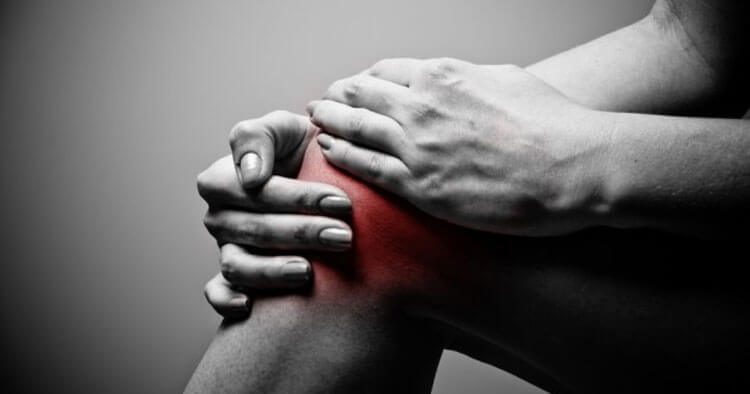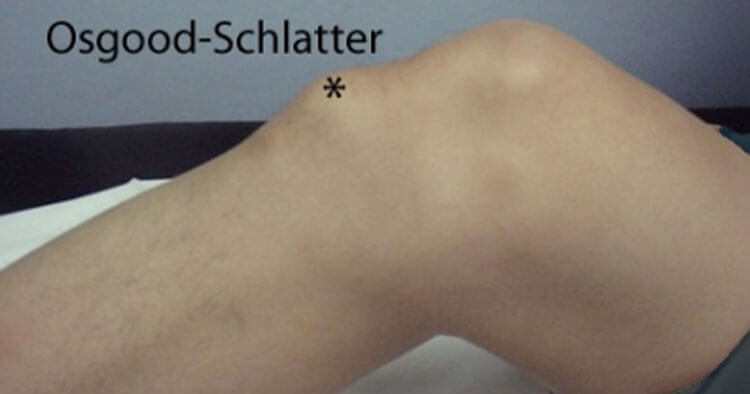What Is Glucosamine Sulphate? Glucosamine sulphate and chondroitin sulfate are natural substances found in and around our body’s cartilage cells and therefore considered important substances with regard to our joints. Glucoasmine is an amino sugar that the body produces and distributes in cartilage and other connective tissue. Glucosamine sulfate is a chemical found in the… Read More >
Tag Archives: knee pain
Causes Of Inner Knee Pain Three of the most common causes of inner knee pain we see in our Randwick and Sydney physio practices all have slightly different presentations from each other. Difference with regard to their onset, the behavior of their symptoms, as well as the activities that aggravate the pain. Obtaining an accurate… Read More >
Knee Pain Running Is The Most Common Running Injury Runners knee, patellofemoral pain syndrome, chondromalacia patella whatever you wish to call it… The fact is knee pain running is an extremely common complaint. Knee pain from running is the most common running injury there is suggested to account for approximately 20% of all running injuries…. Read More >
Creaky Knees Is Medically Known As Audible Crepitus Almost daily in our Randwick and Sydney CBD physio practices I would have patients coming to me expressing concern around having noticed they have creaky knees. Frequently, these patients will be complaining that their knees are making sounds when performing squatting or bending movements, or when going… Read More >
Carrying Extra Body Fat Increases The Risk Of Developing Knee Problems Carrying extra body weight puts individuals at a greater risk of experiencing knee pain for a number of reasons. Some of the possible reasons involved in the relationship between knee complaints and obesity include: The increased pressure placed on the articular knee cartilage and… Read More >
Can Excessive Weight Gain Cause Knee Pain? Research suggests that there is a strong correlation between obesity and knee pain, it makes sense if you are carrying additional weight then your poor knees are going to bear the brunt of it. The ends of the bones in your knee joints are covered with cartilage, this… Read More >
Diagnosing Runner’s Knee An X-ray can be used to assess bony changes and signs of malalignment, where as an MRI when compared to other radiological investigations is very good at visualizing cartilage changes. The use of an MRI investigation in the diagnosis of runner’s knee, specifically regrading the grading of severity can be beneficial. However… Read More >
Chondromalacia Patella, The Basics Chondromalacia patella, also referred to as patellofemoral syndrome, or runners knee is the most common cause of persistent knee pain. With chondromalacia patella pain the discomfort is typically aggravated by activity, or prolonged sitting with the knees bent (such as sitting at the movies, or whilst on a long haul flight)…. Read More >
Running Injuries, An All To Common Complaint If you are a runner and frustrated with always being injured, rest assured you are not alone, Sports Medicine Australia suggest that around 70% of runners sustain injuries. The biggest risk factor in the development of running injuries is considered to be related to “training errors”. Training errors… Read More >
Diagnosis Of Osgood-Schlatter’s Disease Osgood-Schlatter’s disease is mainly diagnosed by clinical presentation, meaning the presenting symptoms and physical examination of the child are usually enough to hone in on an accurate diagnosis, without the need for any radiological investigations. However, in saying that the use of additional tests, such as an x-ray, ultrasound scan, or… Read More >
- 1
- 2











